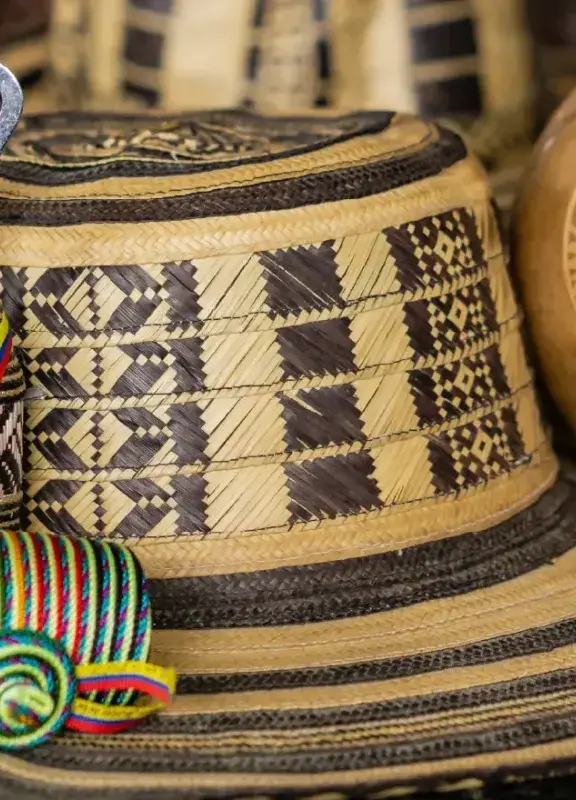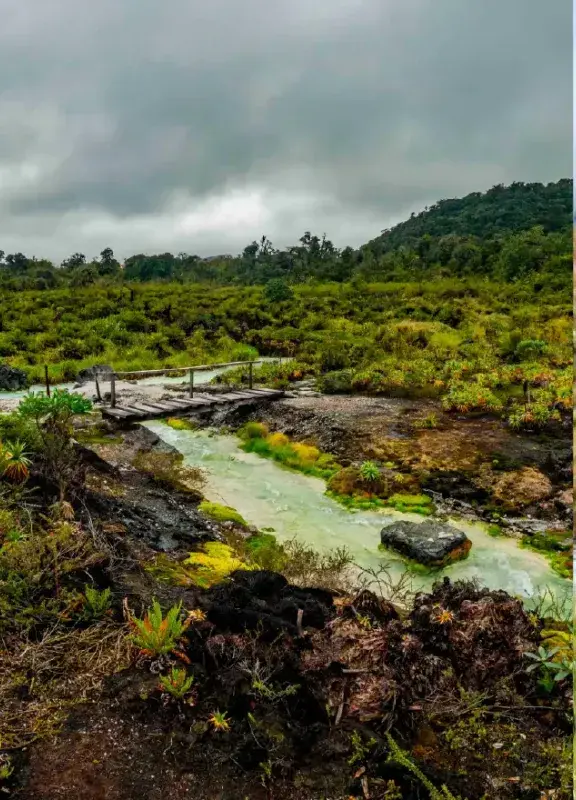Admire the diversity of butterflies in Colombia, a country full of beauty
More than 3,642 species and 2,085 subspecies of butterflies fly in Colombia. Learn more about this biodiversity that makes the country of beauty unique.
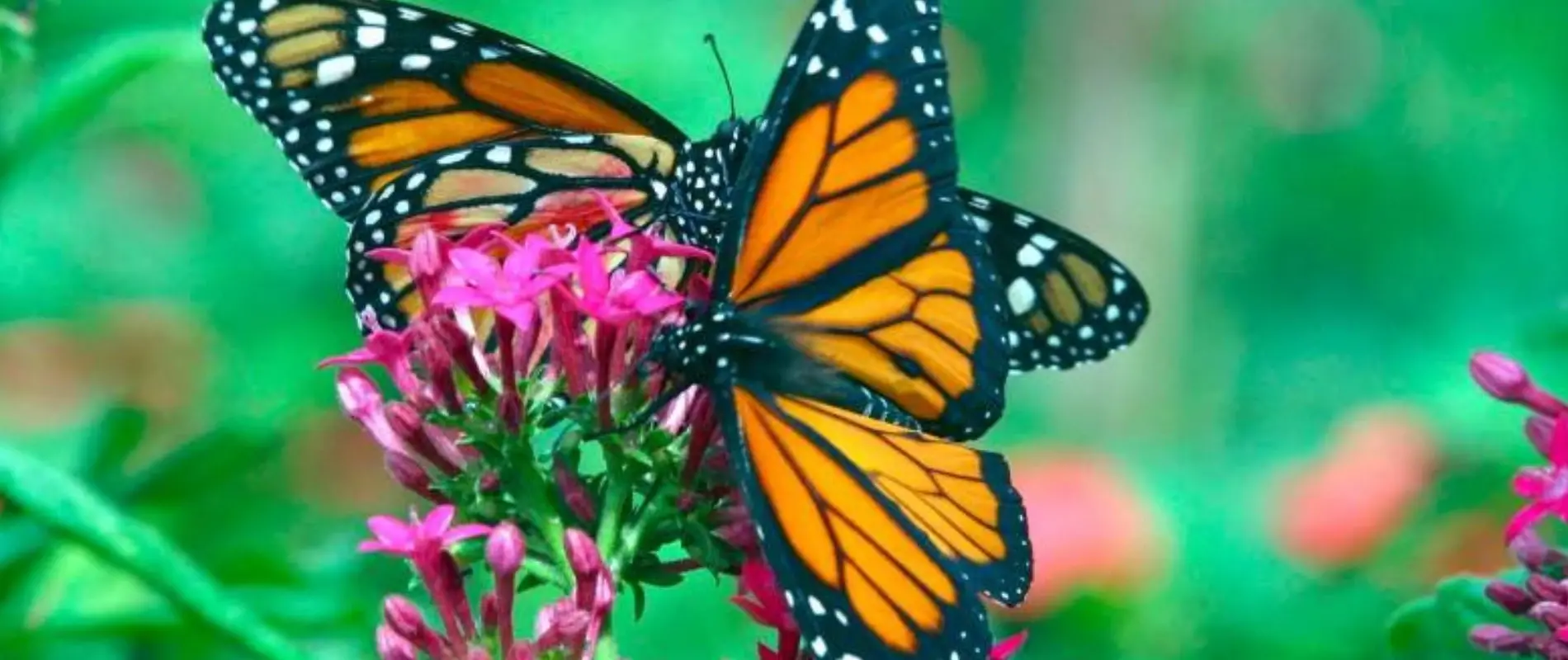
Did you know that 20% of the world's butterfly species fly in the country of beauty? Colombia's butterfly fauna is one of the most diverse. From the humid forests of Chocó, through the cloud forests of the Eastern Andes, to the Amazon jungle, Colombian habitats host the richest butterfly fauna in the world.
According to the Ministry of Environment of Colombia, Antioquia, Boyacá, Caldas, Chocó, Magdalena, Meta, Risaralda, Sucre, and Vaupés are the departments that report the most endemic species of butterflies in Colombia. That’s why we invite you to take a journey through the biodiversity of butterflies that inhabit the country of beauty, learn about their characteristics, the qualities that make them unique, and how to care for this great natural wealth.
Callicore ines: the species that flies over the Colombian Amazon

Callicore ines is a butterfly found mainly in the Putumayo region, around the Caqueta River, in the Amazon rainforest. It has a wingspan of 45 to 55 millimeters, and its vibrantly colored wings combine shades of orange, red, and brown, allowing it to blend perfectly into its natural surroundings. Despite its relatively small size, this species is known for its agility and ability to fly long distances, reaching areas near the Putumayo River and other points within the region. Its flight is unpredictable, and it feeds on the nectar of various tropical flowers.
During the rainy season, its activity increases, and it can be observed in dense jungle areas, especially near rivers and streams, where humidity is ideal for its development. In addition to being a vital component of the ecosystem by contributing to the pollination of various plant species, Callicore ines is a clear example of the biological richness that characterizes our country.
Emesis Pacis: the new species of endemic butterflies in Colombia
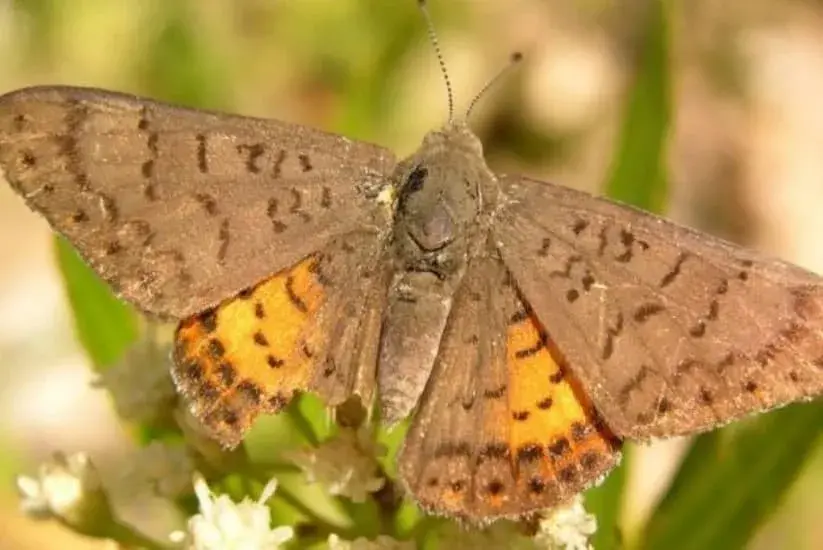
The Humboldt Institute announced a significant discovery in Colombia's biodiversity: a new endemic butterfly named Emesis Pacis. This finding reinforces our country’s position as a world leader in butterfly biodiversity. It was discovered in the cloud forests of the Western Cordillera, a place renowned for its rich biodiversity.
Emesis Pacis, also known as “the Colombian peaceful butterfly,” joins the list of 3,949 butterfly species identified in the country of beauty, highlighting our immense biological wealth and emphasizing the importance of conserving Colombian ecosystems. The new species inhabits altitudes above 1,900 meters, amidst the natural wealth of the Pacific slopes of the Western Cordillera, mainly in the departments of Antioquia, Chocó, Risaralda, and Valle del Cauca.
Pieridae Family: the yellow and white butterflies of Colombia
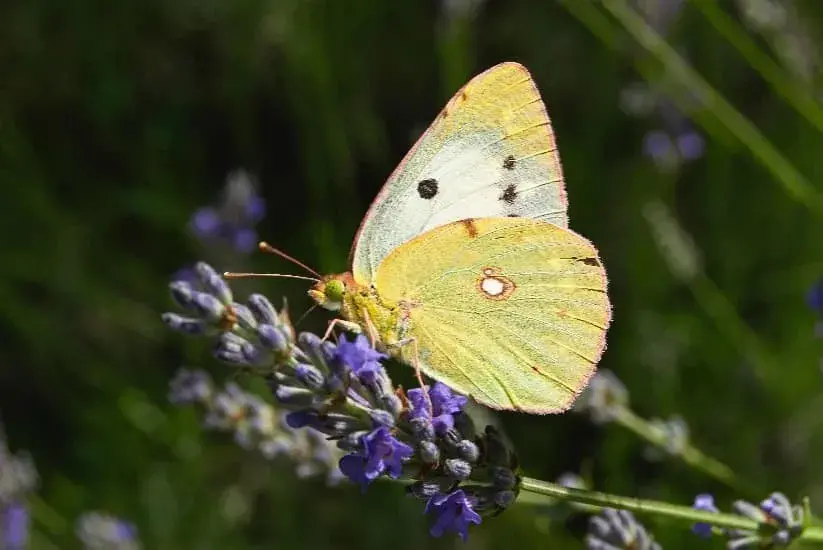
Butterflies of the Pieridae family are reported in high areas of the country, such as the Caribbean, the inter-Andean valleys, and the Amazon River basin. This species has migratory habits and plays an important role as a pollinator for a wide group of plants.
The Pieridae family has great diversity not only in Colombia but also worldwide. With 70 genera and 2,000 species included, it exhibits great abundance, ease of sampling and identification, as well as stable taxonomy, making it a biological parameter for studies on conservation, environmental impact, and populations.
You may be interested in: Discover the wildlife that inhabits the country of beauty
Nymphalidae Family: a species with unique characteristics
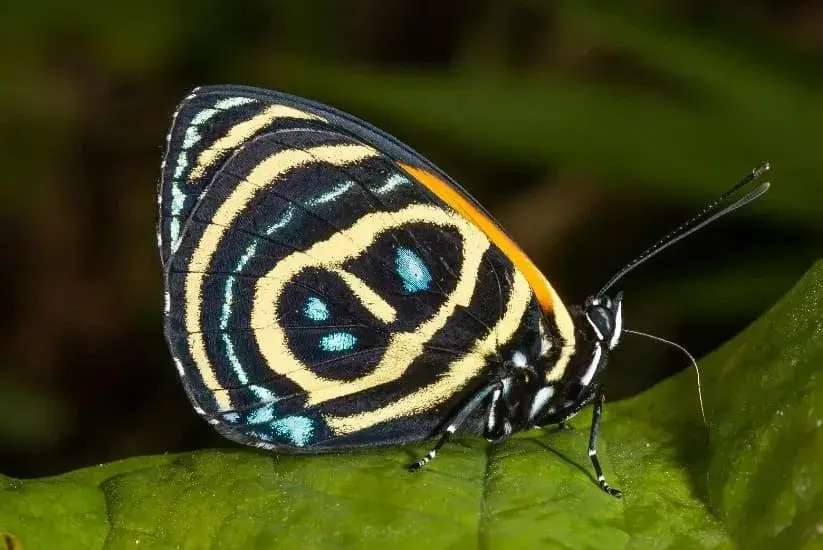
Also known as brush-footed butterflies, the Nymphalidae family has nearly 5,000 species distributed worldwide. Some are relatively large and feature bright colorations. Among its countless species is Perisama Antioquia, a small-sized butterfly with a dark bluish coloration on the dorsal side, metallic blue spots on the forewings, and yellow on the ventral side of the hindwings.
The Perisama Antioquia species has only been recorded in the municipalities of Frontino and Jardín in Antioquia, in the northern part of the Western Cordillera. Another standout butterfly from this family is Perisama Nevada, a medium-sized butterfly with black coloration and metallic blue bands on the dorsal side of its wings. It is found in locations in the Sierra Nevada de Santa Marta and near the Meoguahucha River.
Hedylidae: The mysterious moth-butterflies
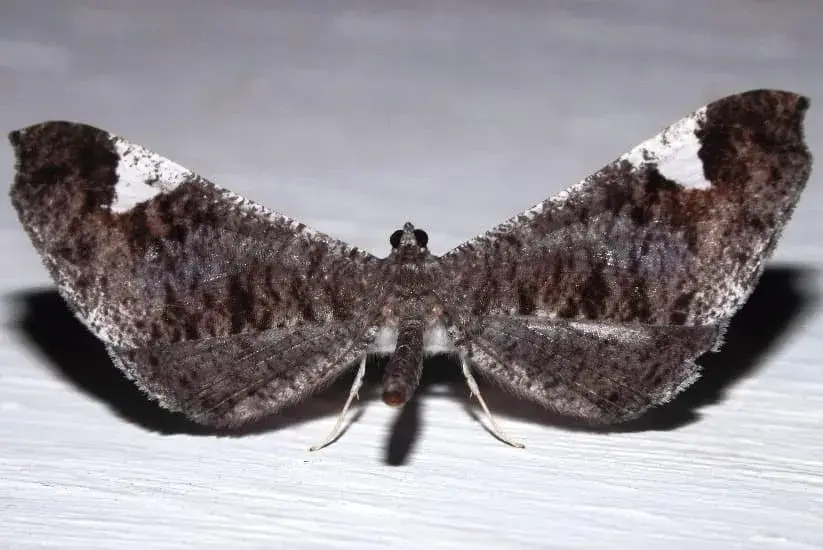
Colombia hosts 75% of the species of the Hedylidae family, known as moth-butterflies. Often mistaken for moths due to their nocturnal characteristics, this species is unique and plays an important role in Colombian ecosystems. With their predominantly nocturnal activity, moth-butterflies have distinctive behavior and appearance, with slender bodies and wings that allow them to fly in the dark.
Although they may seem less colorful than other families, their discreet beauty and adaptation to diverse habitats make Hedylidae a fascinating group of nocturnal butterflies. The Hedylidae family serves as a reminder of the importance of preserving lesser-known species that also play a crucial role in our environment, as their care is essential to maintaining balance in our forests and tropical ecosystems.
You may be interested in: The Colombian sky: a paradise for birdwatching
Colombia, a biodiverse country to care for
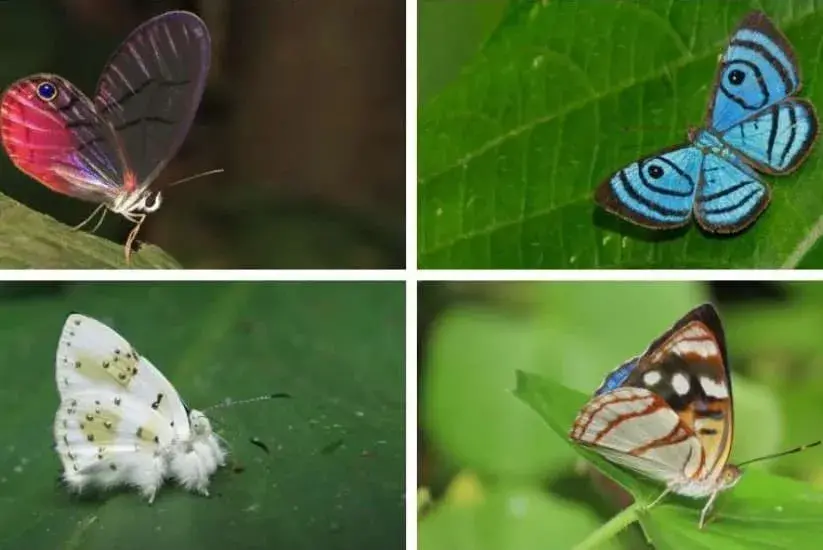
Butterflies play essential roles within ecosystems, functioning as pollinators and plant consumers. To protect them, it is crucial to conserve their habitats, promote the use of native plants, and avoid the use of pesticides. The availability of host plants, which serve as food for caterpillars and adult butterflies, is also key.
Caring for these species ensures a more sustainable future. By fostering environments that support their development, we not only protect their lives but also enrich our biodiversity and ensure the health of ecosystems.
Related articles
 Welcome, you are in
Welcome, you are in 




